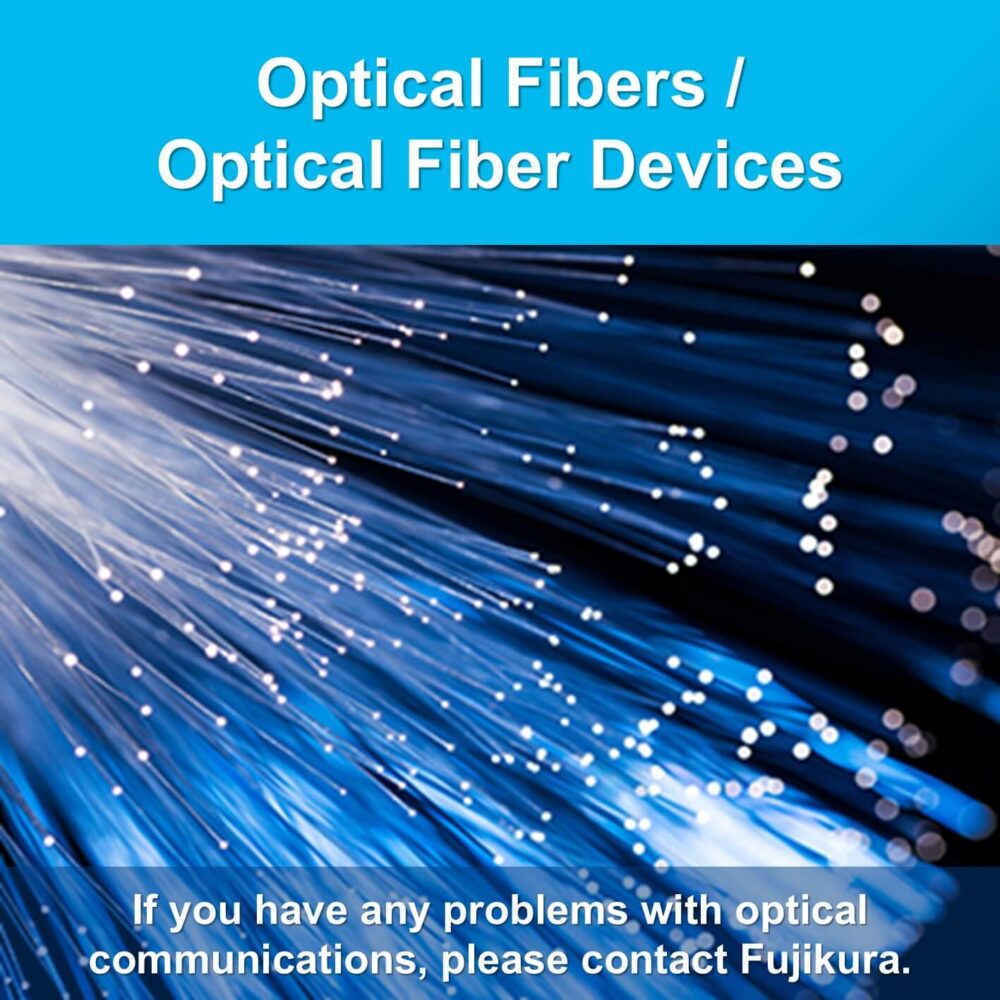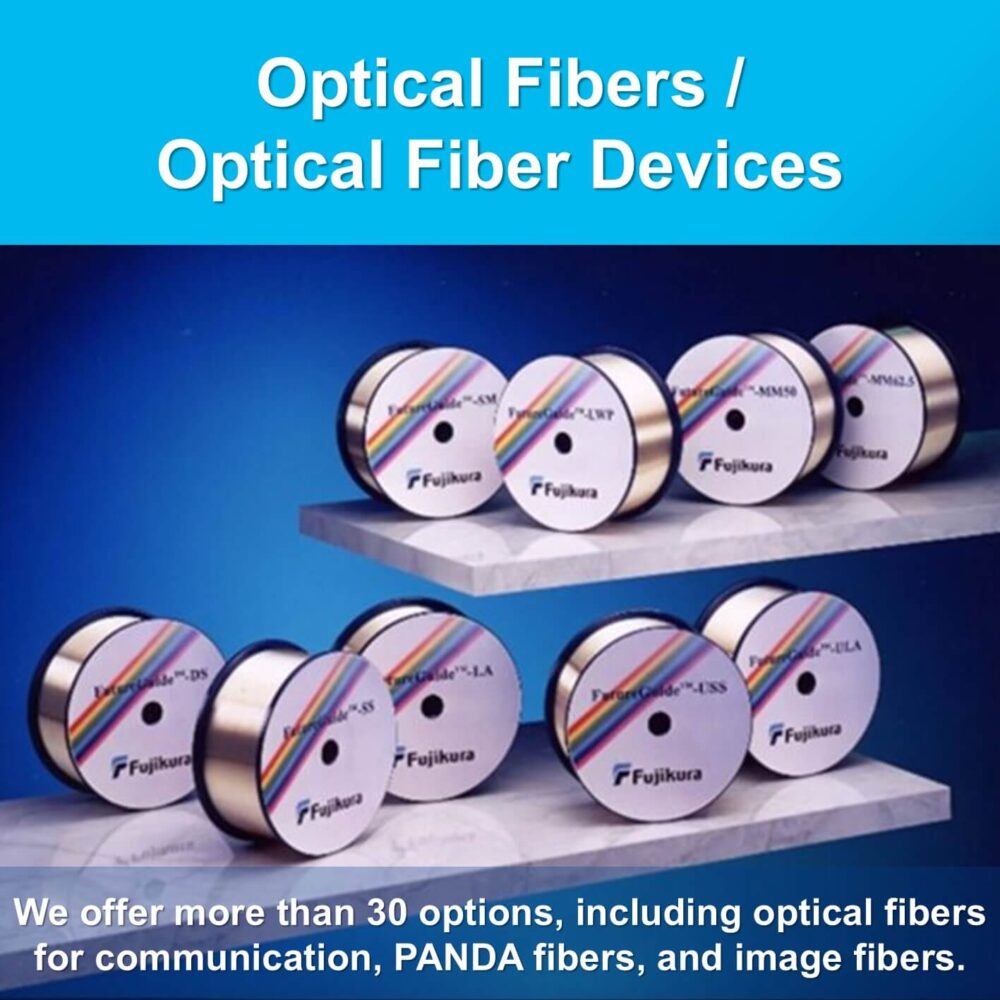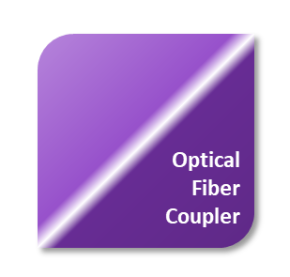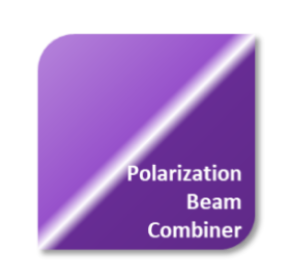Telecommunication
- Portfolio
Portfolio
ITU-T G657.A1
ITU-T G652.D
FutureGuide™- LWP

ITU-T G652.D
FutureGuide™- LWP
- Compliant with ITU-T G.652.D, allows transmissions in portions of an extended wavelength range from 1260 nm to 1625 nm.
- ITU-T G.652 is the first ITU-T recommendation for single-mode fiber and cable and for this reason, G.652 fiber is often called "standard single-mode fiber."
ITU-T G654.E
FutureGuide™- HSC-125

ITU-T G654.E
FutureGuide™- HSC-125
- This fiber has smaller macrobending loss specification equivalent to ITU-T G.652.D fibers, tightened range of nominal mode field diameter, and of the minimum/maximum chromatic dispersion in the wavelength range of 1530 nm to 1625 nm for deployment as terrestrial cables with improved OSNR characteristics to support higher bit-rate coherent transmission.
Specialty / Optical Fiber Devices
- Portfolio
Portfolio
TEC
Pump LD Wavelength Stabilizer
Optical Fiber Coupler
News
Jul.01.2025
Announcement















